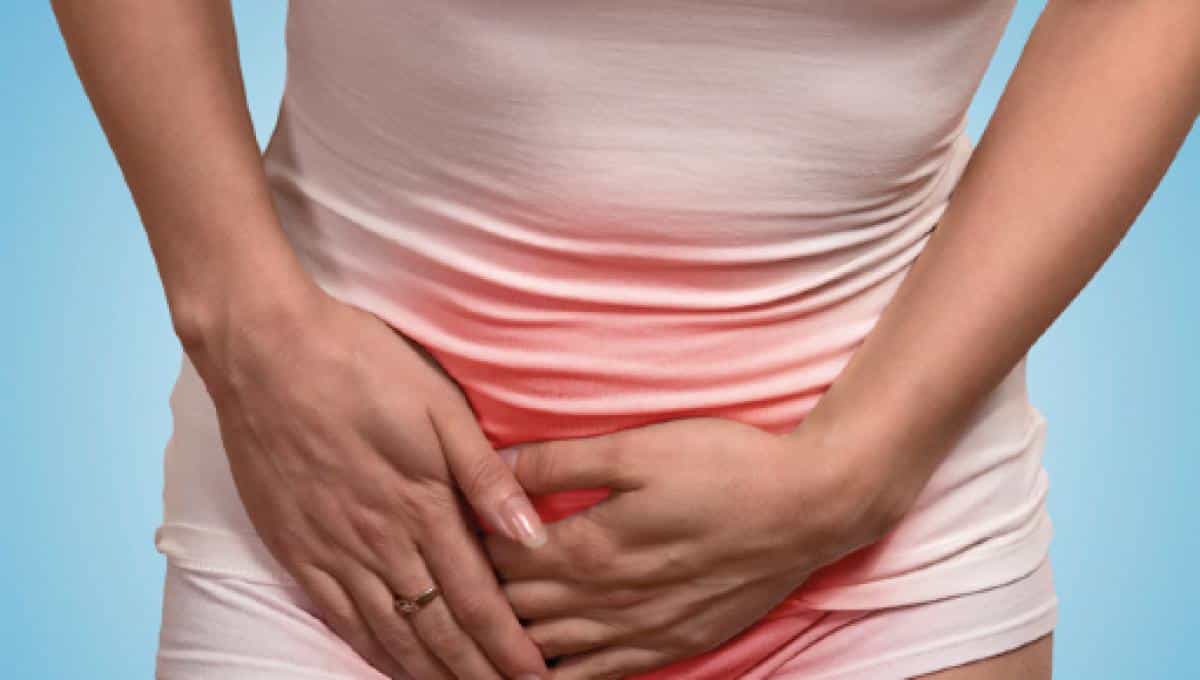Stings and pain in the uterus mean that something is not right in the female reproductive system, such as infections or even malignant tumors.
Stings in the uterus are felt by women since they start menstruating, due to menstrual cramps. However, there are diseases and infections that can make these twinges worse and lethal, such as sexually transmitted infections, endometriosis, fibroids, pelvic inflammatory disease, uterine cancer and others.
The uterus is a female reproductive organ. It is the place where the woman creates the baby, mainly thanks to the endometrium, the layer of cells responsible for housing the fertilized egg in the uterus. Therefore, this is a very delicate organ that needs constant attention, as very significant changes can lead to female infertility.
Stitches in the uterus
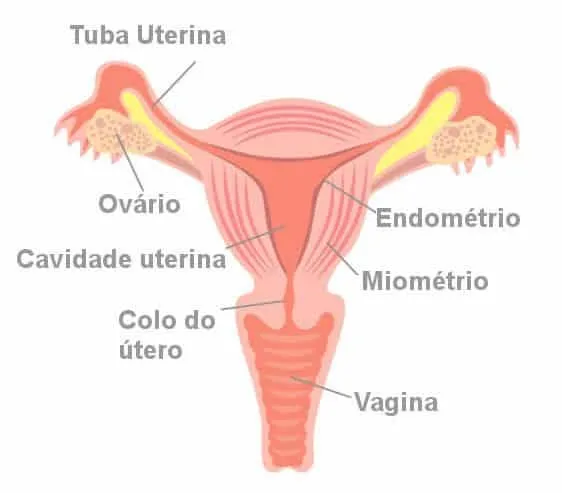
When a woman feels stitches in the uterus that are not due to menstrual cramps, something is not right. Generally, when you start to feel pain in the uterus, itching, pain during sexual intercourse or discolored discharge, there may be uterine changes that need to be discovered.
Overall, most of these symptoms could be indicating mild problems, such as inflamed ovaries or uterus. However, more serious diseases and infections may also be affecting the organ. Therefore, if you notice the first signs, an evaluation by a gynecologist is necessary to find out the cause of the problem.
Signs other than stitching in the uterus
To find out if you need to go to the gynecologist if you feel stitches in the uterus, check if you are experiencing the following symptoms or have noticed certain signs:
- Colic and bleeding without being in the normal menstrual cycle;
- Abnormal brown, green or yellow discharge, usually with a bad smell;
- Always having the urge to urinate;
- Pain in the belly area (from the navel to the pubic area, which is where the uterus is located);
- Swelling in the abdomen;
- Pain during or after intimate relations;
- Swelling, itching or redness in the vaginal area;
- Fever.

Main causes of stitching in the uterus
The diagnosis of stitching in the uterus and the signs indicated may be due to certain diseases that affect the uterine and vaginal region. So, see below what they might be.
Cervicitis
Cervicitis is the inflammation of the region known as the cervix, the small passage that connects the vaginal canal and the uterus. In short, many things can cause cervicitis, such as Sexually Transmitted Infections (STIs), such as gonorrhea and chlamydia, bacterial infections or even vaginismus (involuntary contraction of the vaginal muscles).
Pelvic Inflammatory Disease (PID)
As the name suggests, this disease causes the uterus to swell internally (the endometrium). It usually starts in the vagina or cervix and spreads to the endometrium and sometimes to the ovaries. In this case, untreated gonorrhea and chlamydia are also the main agents of PID. However, it can also happen due to endometriosis or in women who use the IUD (Intrauterine Device) contraceptive method.
Therefore, PID is also considered an STI, as it is transmitted through intimate contact if a condom is not used. Finally, in addition to the signs common to uterine pain and changes, Pelvic Inflammatory Disease is also accompanied by fever, vomiting and fatigue.
Fibroids
Fibroids are benign tumors (that do not cause cancer) that make the uterus swell, causing stitches. It is not yet known exactly what causes fibroids, but they are common among middle-aged women, aged 30 to 50. However, there is a pattern that they are more common in obese women, women of African descent and those who already have a family history of fibroids.
Furthermore, you never know how fibroids will behave in each body. Some grow quickly, others disappear after a certain time, others multiply quickly or slowly.
However, if they are not monitored correctly by a doctor, they can compromise the entire female reproductive system and require a total hysterectomy (when the uterus, tubes, ovaries and cervix are removed), but the use of hormones is usually enough for treatment, if discovered. early.
Finally, there are four types of fibroids:
- Submucosal: forms in the innermost wall of the uterus, which is the endometrium
- Subserous: develops in the outermost part of the uterus
- Intramural: forms between the walls of the uterus
- Pedicles: these develop outside the uterus and are connected to it by a cord, resembling an umbilical cord
Polyps
Polyps are very similar to fibroids, but they are a clump of cells that grow on the inside of the uterus. Basically, they form little balls that look like cysts and cause stitches in the uterus.
Endometriosis
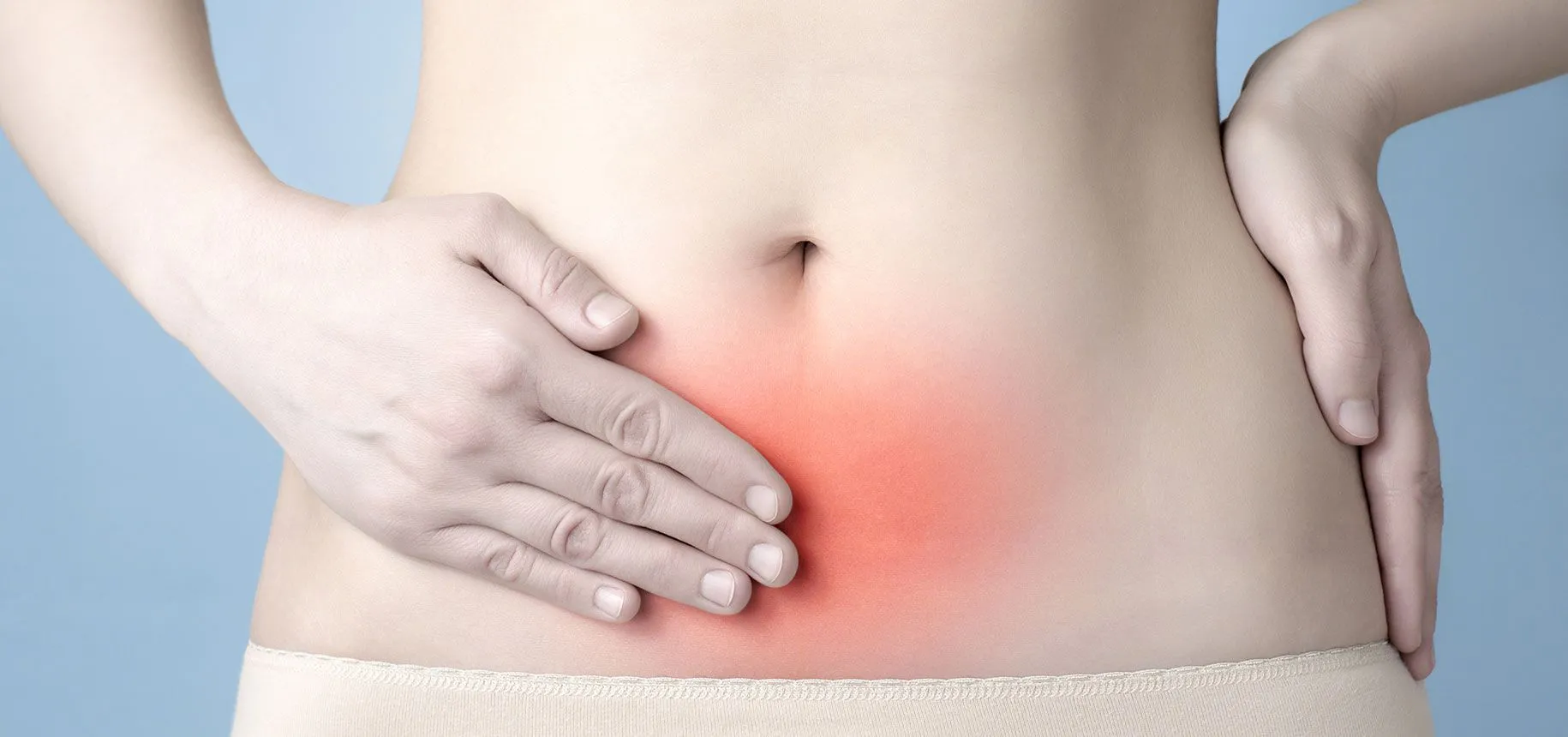
Women with heavy flow can develop endometriosis, as large amounts of blood can exceed the uterine capacity, leak through the tubes and fall into the abdominal cavity, causing injuries and intense pain.
In general, suspicion regarding endometriosis begins when a woman feels a lot of cramps during menstruation and outside of it. Finally, if it is not treated, it can cause sterility.
Adenomiose
Instead of blood leaking out of the uterus and reaching the uterine cavity, as in endometriosis, adenomyosis is the infiltration of this menstrual blood into the muscular layers of the uterus.
Therefore, as menstrual blood contains endometrial cells, these cells begin to expel blood into the uterine muscle, causing intense stitching in the uterus, along with swelling and pain during intimate relations.
Uterine cancer
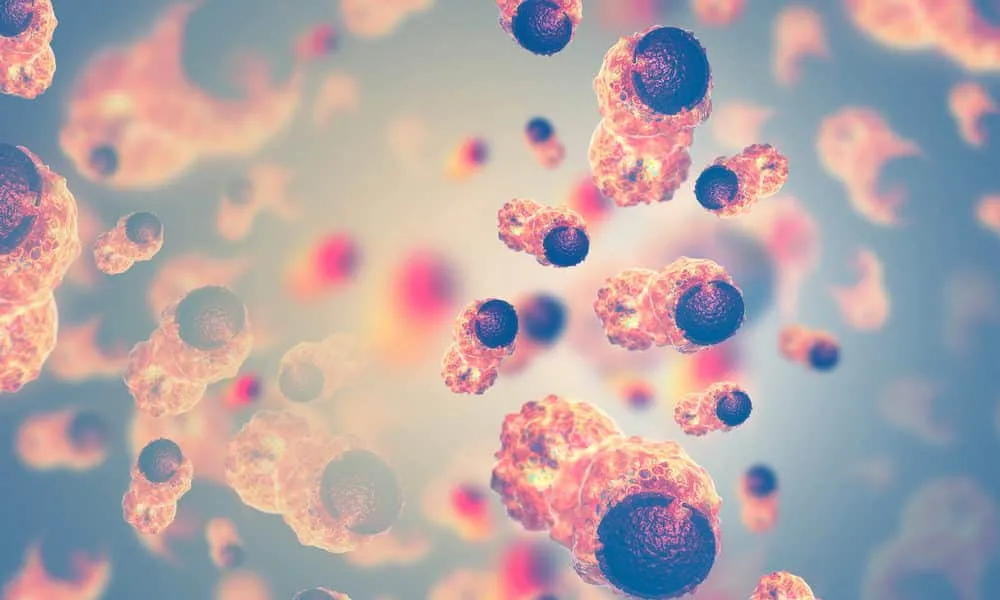
Uterine cancer occurs in the endometrium, the inner part of the uterus. Common in women during menopause, it mainly causes bleeding and intense stitching in the uterus. In short, doctors recommend removing the uterine organ so that the woman does not suffer from the tumor.
Cervical cancer and uterine pain
Unlike uterine cancer, cervical cancer is located at the entrance to the uterus, between the vaginal canal and the organ. In short, this type of cancer occurs due to the Human Papillomavirus (HPV), which infects the mucous membranes, oral, anal or genital.
HPV is a sexually transmitted infection that forms genital warts. Despite being a disease that has no cure, it can be controlled and prevent cervical cancer.
Exams that detect stitches in the uterus

When you feel the twinges in your uterus and go to the gynecologist, it is necessary to carry out tests to find out what is altering the uterus, and even the woman’s vagina and vulva.
It is important to note that if a woman is pregnant and feels stitches in the uterus or the signs mentioned frequently (mainly yellowish discharge and pain when urinating), it is very important to consult a doctor. This way, it is possible to discover the causes and have the best treatment indicated, as pregnant women cannot take certain medications.
Toque
This type of exam is the most classic in gynecology to detect any first changes in the vaginal or uterine region. First, the doctor, wearing gloves, places two fingers into the woman’s vaginal canal. Secondly, he places another hand on top of the patient’s abdomen. With this method, it is possible to detect pelvic inflammatory disease and endometriosis.
Speculum examination
This type of evaluation already requires more than the human hand. Thus, the gynecologist inserts a small speculum into the woman’s vagina (I attach a hollow, transparent cylinder), so that it is possible to view the vagina internally and see if there is any discharge, wounds or any other changes inside.
Pap tests
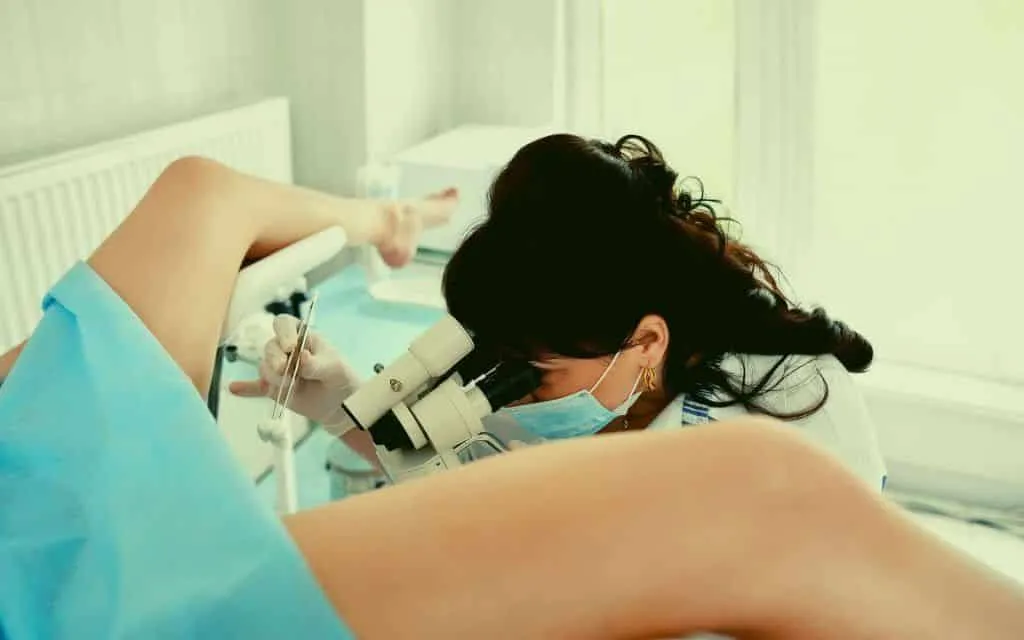
Probably every woman has heard of pap smears. And what is he? It is an exam, called oncotic cytology, which can see if the patient has cancer in the uterus. To do this, it is also necessary to insert a speculum into the vagina, so that the gynecologist can very slowly scrape the surface of the cervix with a small paddle or cotton. In this way, cells can be studied in the laboratory to detect cellular changes that indicate cancer.
Ultrasound or MRI
If the doctor is unable to diagnose a disease or infection with these methods, or the patient has not yet had sexual intercourse, an MRI or ultrasound can be performed.
In short, these exams can show, through images of the pelvic region, some changes in cells and tissues, making diagnosis and treatment possible.
Sources: Tua Saúde, Família, Tua Saúde, Ministry of Health, Tua Saúde
Images: Blasting News, Escola Kids, Cura, ISM, Clínica Saute, Freepik, Dr. Elizabeth Santana,

Sign up for our newsletter and stay up to date with exclusive news
that can transform your routine!
Warning: Undefined array key "title" in /home/storelat/public_html/wp-content/plugins/link-whisper-premium/templates/frontend/related-posts.php on line 12
Warning: Undefined array key "title_tag" in /home/storelat/public_html/wp-content/plugins/link-whisper-premium/templates/frontend/related-posts.php on line 13

